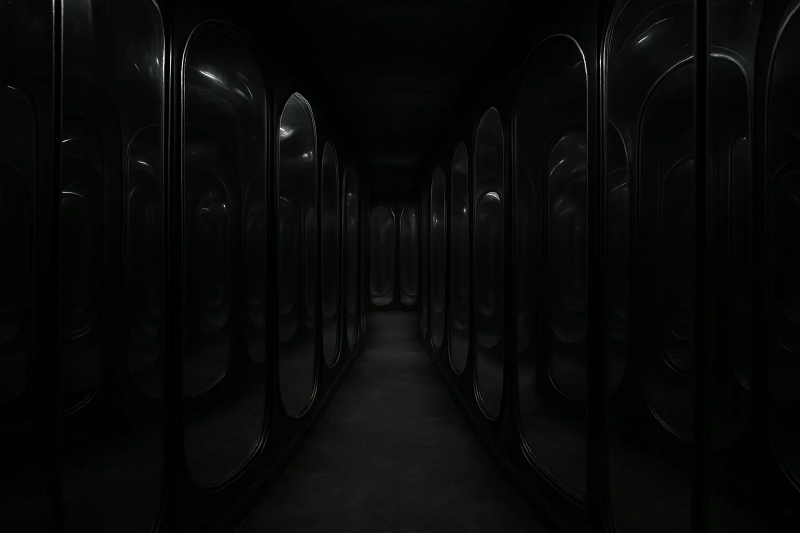A mirror is never entirely innocent. It doesn’t just reflect — it frames, distorts, sometimes even betrays. With artificial intelligence this risk multiplies: what we see is not a neutral image, but one filtered through the lenses of training data, cultural bias, and our own expectations.
In When the Mirror Warps, I explored how language models can twist reality into something that feels familiar but is subtly altered. Like a carnival mirror, the reflection keeps our outline recognizable while stretching or compressing the details. The danger is not in the distortion itself, but in the fact that we stop noticing it.
Echo chambers reinforce this effect. Once the mirror bends, we adjust our posture to match, mistaking warped lines for straight ones. Over time, what is false starts to feel natural, and the habit of critical thinking fades.
Recognizing this fragility is the first step toward resilience. If the mirror warps, the solution is not to abandon it but to learn how to read its distortions — to train our eyes to see both the reflection and the hidden bending of the glass.

